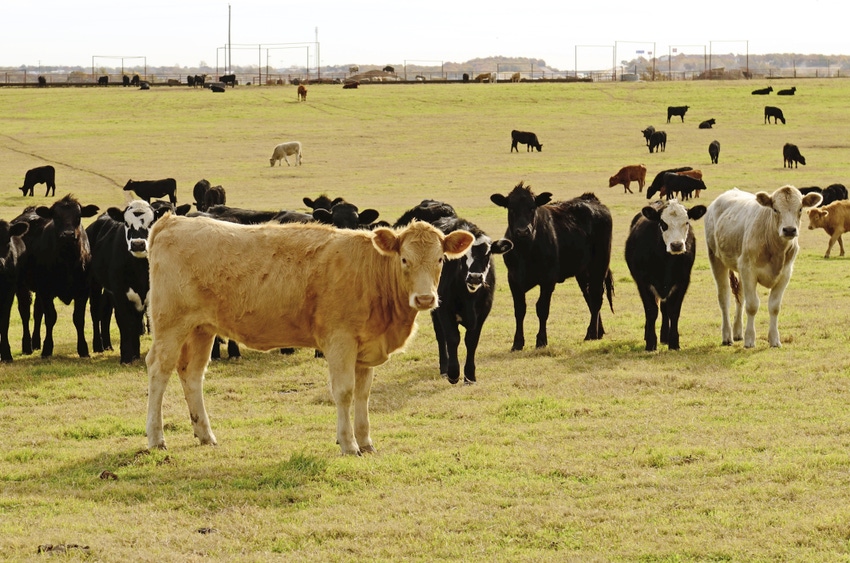Emergency grazing allowed through Sep. 30, unless conditions improve.
June 23, 2017

Secretary of Agriculture Sonny Perdue has authorized emergency grazing on Conservation Reserve Program (CRP) lands in Montana, North Dakota and South Dakota. All or parts of these states are experiencing severe or extreme drought conditions – indicated as categories D2 and D3 on the U.S. Drought Monitor.
“Due to reduced availability of forage, ranchers in the hardest-hit locations have already been culling their herds,” Perdue said. “Without alternative forage options like grazing CRP lands, livestock producers are faced with the economically devastating potential of herd liquidation.”
CRP is a voluntary program administered by the U.S. Department of Agriculture’s Farm Service Agency (FSA) that's available to help agricultural producers safeguard environmentally sensitive land and, when needed, provide emergency relief to livestock producers suffering the impacts of certain natural disasters.
Emergency grazing is authorized to begin immediately and extends through Sept. 30, unless conditions improve. Producers must work with the Natural Resources Conservation Service (NRCS) to develop a modified conservation plan that is site specific, including the authorized grazing duration to reflect local wildlife needs. FSA state committees will monitor emergency grazing implementation at the local level to mitigate any adverse impact on nesting areas and established CRP vegetation.
“If the drought continues and pasture recovery becomes less likely, feed supplies will decline, the quality and quantity of hay are reduced and stock water becomes scarce – considerable stressors for both the livestock and our producers,” Perdue said. “If opening up grazing lands reduces even some of these stressors for these ranchers, then it’s the right thing for us to do.”
Eligible CRP participants can use the acreage for grazing their own livestock or may grant another livestock producer use of the CRP acreage. There will be no CRP annual rental payment reductions assessed for acres grazed.
To take advantage of the emergency grazing provisions, producers should contact their local USDA FSA Service Center.
Rep. Kristi Noem (R., S.D.) issued a statement following the announcement, which she said came as a result of her asking Perdue for additional flexibility.
“The continuing and deepening drought is affecting ranchers’ every decision,” Noem said. “With many already forced to downsize their herds due to inadequate access to feed, it was imperative the USDA move quickly to provide relief. I am grateful to Secretary Perdue for following through on my calls for greater access to CRP and for his commitment to the needs of South Dakota ranchers. I’m hopeful this decision gives them more options at a time when help is much needed.”
In addition to CRP access, ranchers in six South Dakota counties that are in extreme drought were granted access to the Livestock Forage Program (LFP). Ranchers in Campbell, Dewey, Walworth, Potter, McPherson and Edmunds, S.D., are eligible for three months of LFP payments, Noem said.
You May Also Like


.png?width=300&auto=webp&quality=80&disable=upscale)
